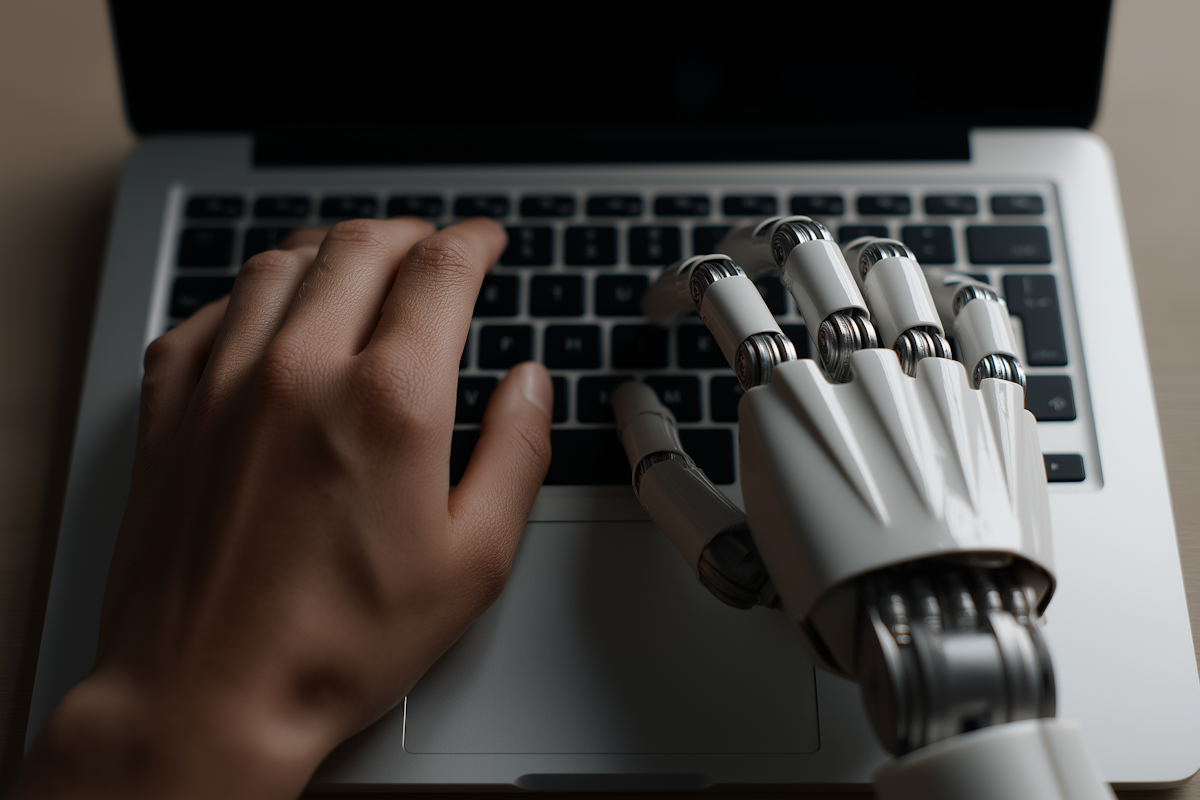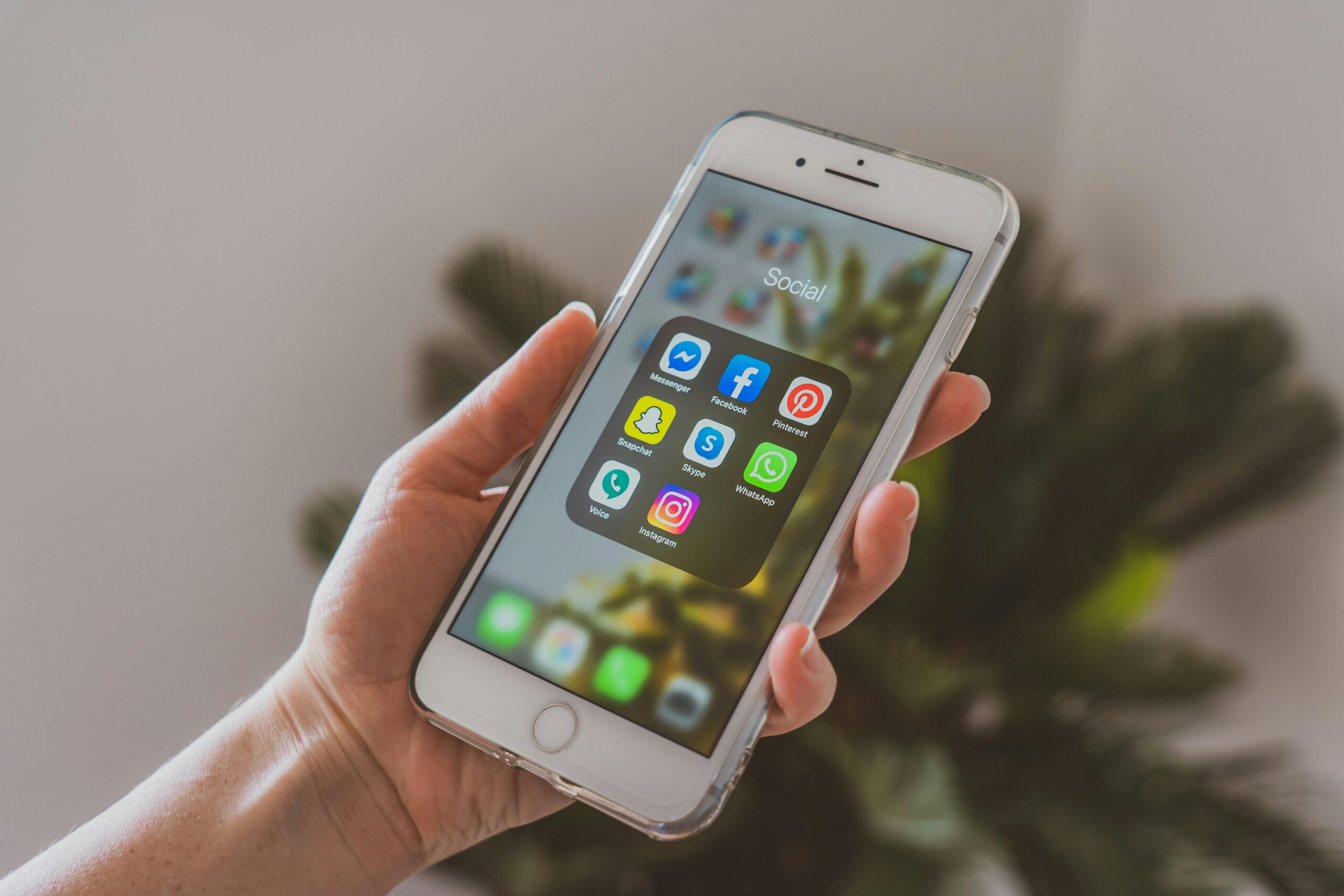At first glance, the idea might sound appealing. AI can analyze data faster, predict trends with precision, and even write compelling copy. But branding is not just about logic — it’s about emotion, culture, and connection.

In this article, we’ll explore how AI is transforming brand strategy, what Brand AI can do better than humans, and why human brand strategists still play an irreplaceable role. We’ll also look at real-world examples from German mid-sized companies using AI in branding successfully — without losing the human touch.
Understanding the Rise of Brand AI
Branding has always been about creating meaning — turning a company into something people can connect with emotionally. But in today’s digital-first world, that connection is built across dozens of touchpoints.
Consumers now interact with brands through social media, chatbots, voice assistants, and personalized ads. Managing all of this requires data — lots of it.
That’s where Brand AI steps in.
Brand AI refers to the use of artificial intelligence tools to analyze audience behavior, personalize experiences, and automate parts of brand management. It helps brand strategists understand customers more deeply and make smarter, faster decisions.
However, the question remains: Can AI really replace the creativity, empathy, and intuition of a human strategist?
Let’s break it down.
What AI Can Do for Branding
1. Data-Driven Insights at Unbelievable Speed
AI can process enormous amounts of information that would take human strategists weeks or months to analyze.
From tracking social sentiment to predicting future market trends, AI-driven tools can help identify what people feel about your brand — and even what they’ll want next.
For example, a Brand AI system can detect early changes in customer preferences, alerting marketers to adjust messaging before competitors do.
That speed and accuracy make AI a game-changer in strategic decision-making.
2. Personalized Branding at Scale
Personalization is now the heart of successful branding. Consumers expect experiences tailored to their unique needs, values, and moods.
AI allows brands to deliver that level of personalization effortlessly.
Through predictive algorithms, companies can adapt their content, visuals, and tone for each audience segment. AI can even determine when and how customers prefer to engage — whether through email, social media, or mobile apps.
For example, AI can help a fashion brand deliver personalized outfit suggestions based on browsing behavior. That’s personalization at scale — something human strategists alone couldn’t achieve efficiently.
3. Creative Assistance and Content Optimization
AI writing and design tools can help create brand assets faster than ever. From generating slogans and ad headlines to testing different campaign visuals, AI accelerates the creative process.
But here’s the key — AI supports creativity; it doesn’t replace it.
A Brand AI tool might suggest what colors perform best on Instagram or which taglines resonate most with Gen Z audiences. However, deciding which story to tell — and how to make it emotionally authentic — still depends on human creativity.
4. Predicting Consumer Trends
AI can analyze thousands of data points — from social chatter to search behavior — to forecast what consumers will want next season or next year.
For example, a lifestyle brand could use AI trend forecasting to spot a growing interest in eco-friendly materials or minimalist design.
This kind of foresight allows strategists to position the brand ahead of the curve. Instead of reacting to trends, they can shape them.
What AI Can’t Replace in Brand Strategy
Even with all its power, AI still lacks something fundamental — the ability to feel.
Branding isn’t just about prediction and automation; it’s about connection.
Let’s explore why brand strategists remain essential in the age of AI.
1. Human Emotion and Intuition
AI understands patterns, not people.
While it can identify that certain words or visuals evoke engagement, it doesn’t truly feel emotion. Humans understand context, culture, and empathy — qualities that are the foundation of authentic branding.
A skilled brand strategist can interpret emotions that don’t show up in data. They can see the deeper human motivations behind customer choices — love, belonging, pride, or identity — and translate them into powerful storytelling.
2. Brand Purpose and Ethics
AI doesn’t have moral judgment. It can’t decide what a brand should stand for.
Defining brand purpose — like sustainability, inclusivity, or community empowerment — requires ethical thinking and leadership vision.
A Brand AI system might optimize engagement, but only human strategists can ensure that engagement aligns with brand values.
That’s what separates meaningful branding from mere marketing automation.
3. Storytelling and Cultural Relevance
Great brands tell great stories. But storytelling requires emotional intelligence, cultural awareness, and creativity — traits that AI still lacks.
While AI can recommend which words perform best, it cannot craft a story that moves people or captures the zeitgeist.
Human strategists bring that nuance. They understand irony, humor, nostalgia, and symbolism — elements that turn data into art.
Case Studies: How German Mid-Sized Companies Use AI in Branding
Let’s explore how two well-known German companies are using Brand AI effectively — not to replace strategists, but to empower them.
Case Study 1: Miele – Precision Branding in the Smart Home Era
Miele, a renowned German appliance manufacturer, uses Brand AI to strengthen its positioning in the smart home market.
The company integrates AI into its branding strategy to align with modern consumer values: innovation, reliability, and quality.
Through AI-based sentiment analysis, Miele identifies how customers perceive its smart appliances, allowing the brand to fine-tune its communication tone.
For instance, if data reveals that customers associate “innovation” with “complexity,” Miele adjusts its messaging to emphasize simplicity and user-friendliness.
Additionally, Miele uses predictive analytics to forecast trends in sustainability — a growing concern among its target audience. These insights inform its branding campaigns, reinforcing its reputation for eco-conscious innovation.
Still, Miele’s brand strategists remain central in defining tone, emotion, and brand ethics. They ensure that every campaign feels authentic — not algorithmic.
Case Study 2: Birkenstock – Combining Heritage with AI Innovation
Birkenstock, the iconic German footwear brand known for comfort and sustainability, has embraced AI to modernize its global branding strategy.
Traditionally, Birkenstock’s identity was rooted in craftsmanship and simplicity. But as the brand expanded internationally, it faced the challenge of appealing to younger, digital-first consumers without losing its authenticity.
Using AI-driven consumer analytics, Birkenstock now tracks customer feedback and social sentiment in real time. This helps the company understand which products resonate most across different markets — from minimalist designs in Europe to fashion collaborations in Asia.
AI also supports personalized marketing, allowing Birkenstock to recommend footwear based on users’ lifestyles and habits.
However, the brand’s core storytelling — built around comfort, sustainability, and timeless design — still comes from human strategists who understand its emotional legacy.
AI provides the insights; humans preserve the soul of the brand.
Human + AI: The Future of Branding Collaboration
Instead of asking whether AI will replace brand strategists, we should ask: How can AI make them better?
The future of branding lies in collaboration — not competition — between humans and machines.
AI handles data; humans handle meaning.
Here’s what the ideal partnership looks like:
- AI analyzes. Humans interpret.
AI identifies patterns; strategists find stories within them. - AI predicts. Humans create.
AI forecasts trends; humans turn them into emotional campaigns. - AI automates. Humans connect.
AI sends personalized content; humans build authentic relationships.
In this synergy, brands can achieve the best of both worlds — efficiency and empathy.
Challenges in Relying Too Much on AI for Branding
While Brand AI offers incredible benefits, overreliance can backfire.
- Loss of Authenticity:
When everything is automated, brands risk sounding robotic or repetitive. Customers crave real voices. - Data Bias:
AI learns from existing data, which can reflect biases or stereotypes. Without human oversight, this can damage brand perception. - Lack of Creativity:
AI can generate content, but true creativity comes from intuition — the human spark that turns ideas into movements.
Successful brands will use AI as a compass, not a captain.
Can AI Replace Brand Strategists? The Verdict
No — AI cannot replace brand strategists. But it can redefine their role.
In the future, brand strategists won’t just rely on intuition; they’ll be data interpreters, emotion designers, and ethical leaders.
Brand AI will handle the analytics and predictions, while humans will continue to shape purpose, culture, and storytelling — the pillars of unforgettable branding.
AI might be the brain of branding, but humans remain its heart.
Final Thoughts
The future of branding isn’t about machines replacing humans. It’s about humans enhanced by machines.
AI gives brand strategists the tools to understand customers better, act faster, and personalize deeper. But only human empathy can build the kind of trust that makes a brand timeless.
In the age of Brand AI, creativity and technology are not rivals — they’re partners.
The best brand strategies will always come from collaboration — where AI provides insight, and humans provide meaning.


